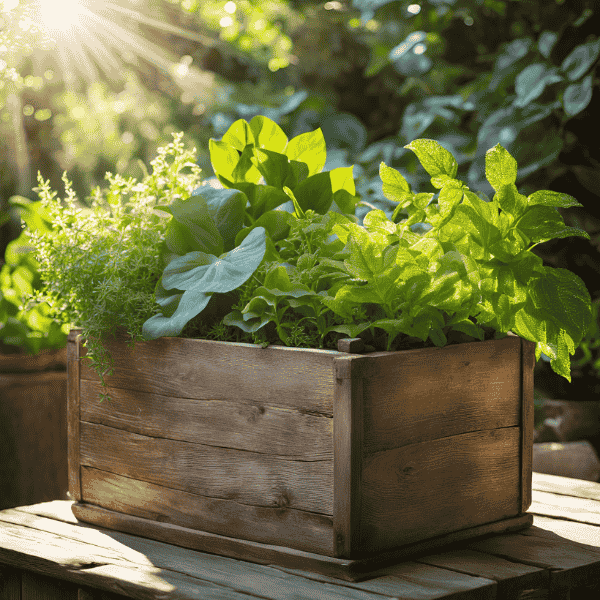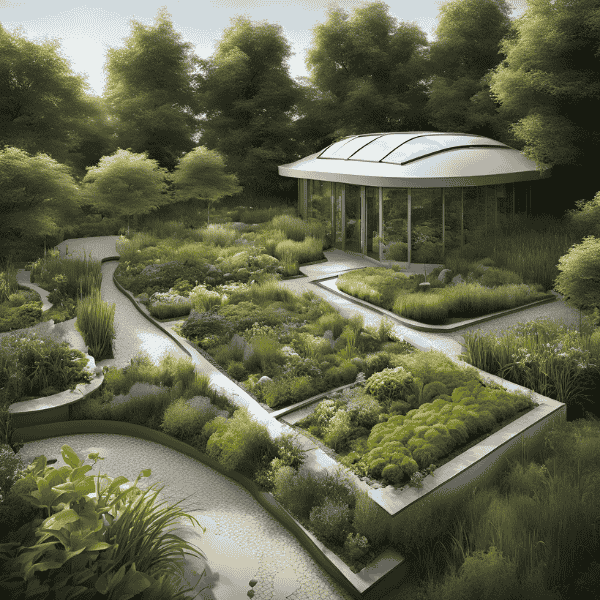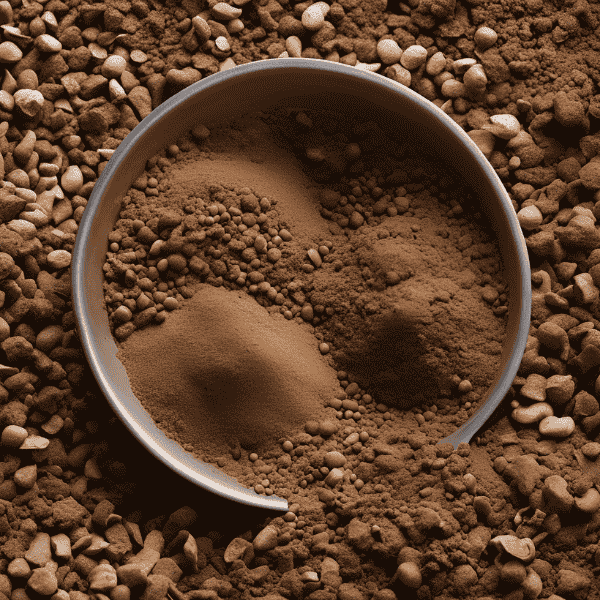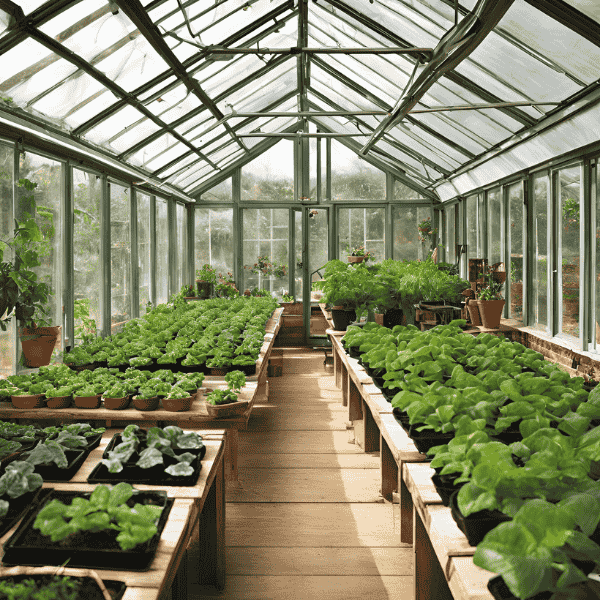Choosing the Right Containers for Your Plants

Pots: The Garden Staple
When most people think of containers, pots come to mind. And for good reason—they’re versatile, come in many sizes, and are perfect for almost every type of plant. Whether you’re growing houseplants or outdoor flowers, there’s a pot out there for you.
How to Choose the Right Pot:- Size: The most important factor when selecting a pot is size. You want to make sure that the pot is big enough to accommodate the plant’s root system but not too large that it retains excess moisture. As a general rule, pick a pot that’s about 1-2 inches wider than the plant’s current root ball.
- Material: Pots come in a range of materials. Here are a few common ones:
- Clay pots: Great for succulents or plants that prefer dry conditions. They are porous, which means they allow the soil to dry out quickly.
- Plastic pots: These are lightweight, affordable, and retain moisture well, making them great for plants that need a little extra hydration.
- Ceramic pots: Stylish and heavier than clay pots, ceramic pots retain moisture better and are ideal for larger plants.
- Wooden pots: These can give your garden a rustic feel, but be sure they have proper drainage holes!
Window Boxes: Bring the Outdoors In
If you have limited space or want to add some greenery to your windowsill, window boxes are a great choice. These containers not only look beautiful but are also perfect for small plants like flowers, herbs, or even trailing vines.
How to Choose the Right Window Box:- Size: Measure your window ledge before purchasing. The box should fit comfortably without hanging too far off the edge.
- Drainage: A key consideration for window boxes is drainage. Water that sits in the box can quickly lead to root rot, so ensure your box has drainage holes or add your own.
- Material: Choose a lightweight material like plastic or fiberglass if your window doesn’t support heavy items. These materials also retain moisture and can handle outdoor conditions.
Hanging Baskets: Create Vertical Beauty
Hanging baskets are perfect for adding greenery and flowers in a vertical space—think porches, patios, or even inside the house. They’re a great way to showcase trailing plants or plants that need extra sun.
How to Choose the Right Hanging Basket:- Size: When selecting a hanging basket, consider how large the plants will grow. You want enough space for the roots to spread but not too much that the soil stays overly wet.
- Material: Most hanging baskets are made from wire, wicker, or plastic. Wire baskets often come with a coconut fiber liner to help retain moisture. Plastic baskets are lightweight and often come with built-in drainage trays to catch any excess water.
- Drainage: As with window boxes, good drainage is essential for hanging baskets. Make sure the basket has enough holes to allow water to escape, especially in the summer when baskets can dry out quickly.
Raised Beds: Perfect for Larger Plants
For larger plants or vegetables, raised garden beds can be a game-changer. These are essentially large containers that allow for easy planting without bending down or struggling with poor soil.
How to Choose the Right Raised Bed:- Size: Raised beds can vary in size, but the key is to make sure it’s deep enough to support the root systems of the plants you’re growing. Most raised beds are about 8-12 inches deep.
- Material: Raised beds can be made from wood, stone, metal, or plastic. Wood is a popular choice because it’s durable and looks natural, but be sure to use untreated wood to avoid chemicals leaching into the soil. Metal and plastic options are lighter and may last longer, though some can heat up in the sun.
Self-Watering Containers: Low-Maintenance Solution
If you often forget to water your plants, a self-watering container might be your best friend. These containers are designed to deliver consistent moisture to your plants through a reservoir at the bottom of the pot.
How to Choose the Right Self-Watering Container:- Size: Like regular pots, pick a self-watering container that’s the right size for your plant. The advantage of these containers is that you can water less frequently, so the plant’s roots will thrive.
- Material: Most self-watering containers are made from plastic or resin. They are durable and lightweight, and they come in a variety of sizes and designs.
How to Choose the Right Material for Your Container
When it comes to choosing the material for your plant container, there are a few things to keep in mind:
- Weight: If you plan to move your plants around often, choose lightweight containers like plastic or resin. If stability is important, heavier materials like ceramic or clay might be more suitable.
- Durability: Plastic and resin pots are more durable than materials like clay, which can crack over time. However, clay and ceramic pots are often more aesthetically pleasing.
- Drainage: No matter the material, ensure that your container has good drainage. This is especially important in preventing root rot and promoting healthy growth.
Final Thoughts
Choosing the right container for your plants might seem overwhelming at first, but it’s all about understanding the needs of your plants and the space you have. Whether you’re going for classic pots, adding beauty with window boxes, or creating a hanging garden, the perfect container will make a world of difference in your gardening success.
So, take your time, pick the right size and material, and watch your plants thrive in their new homes!



